Depending on which way you look at it, it's either been a good year for Cadbury's brands - or a disastrous one.
Rocked by the salmonella incident and the demonisation of HFSS foods by the obesity police, Dairy Milk has seen its brand value plummet 19% , according to exclusive research for The Grocer. Yet Green & Black's, the ethical chocolate brand Cadbury bought in 2005, has been performing so well that this year it has entered the list of the UK's top 100 brands for the first time.
This polarization into old and new, big and small, shrinking and growing, is by no means unique.
The list of UK's Most Valuable Grocery Brands 2007, compiled by independent brand valuation company Intangible Business, is littered with examples of established household brands struggling to maintain their positions. Younger, more fleet-of-foot businesses, meanwhile, are in the ascendancy.
The question is, how big can the new kids on the block become and where does this leave the big players? How many, like Cadbury, will try to cover their bases by snapping the smaller players up? And are there any downsides for those that, like Green & Black's, are acquired?
Uniquely, the Intangible Business survey, now in its second year, does not just rank brands on their sales figures but also on nine 'hard' and 'soft' measures (see methodology), awarding a mark out of 10 in each case. These criteria are used to generate a brand score, which takes into account perception, heritage and future sales. This score is then used in conjunction with sales figures to calculate an overall brand value.
But the panel of experts first had the difficult task of determining what constituted a brand. Some of their decisions are controversial. The Coke brand value, for instance, takes into account Diet Coke and Coke Zero as well as Coca-Cola, because they were all deemed to be variants of the same product, while Cadbury and Heinz were separated into a number of key brands across different product categories such as baked beans and soup.
While this arguably gave some brands an unfair advantage, the result is a table that gives a unique insight into the brands considered most important to consumers, those that are likely to grow - and those that could struggle in the future.
Coke - and it is worth pointing out that had it been split into three its position would probably not have been affected - has once again emerged as the UK's top brand, valued at £1.16bn. Unlike some other big brands, it has demonstrated that it can react to change, says Stuart Whitwell, joint MD of Intangible Business. With Coke Zero, it has successfully addressed the health agenda and also broadened its consumer base, he says.
"It has reacted well to the health trends and is still an extraordinarily strong brand," he says.
The dominance of Coke has helped CCE take a definitive lead in the brand owners table (see right), but the business has also been aided by the depth of its overall portfolio. Its Fanta brand may have declined in value by 10% over the past year but its healthier drinks Oasis and Capri Sun both make it on to the list for the first time.
Warburtons, the biggest riser this year, has also benefited from a varied portfolio, as well as wider distribution. Conversely, of the top 10 biggest brand owners in the country, five - Mars UK, PepsiCo, Cadbury Schweppes, Procter & Gamble and Heinz - have experienced an overall drop in brand value, demonstrating that even the country's biggest players are being hit in the pocket.
"Bigger companies should be worried by these findings," Whitwell says. "They may have very strong business models but the way they react to market trends is like turning a large ship around - it takes a lot of time. The major players are proving the theory that they are unable to innovate, are too big, too bureaucratic and too stuck in their ways to ride the wave of new trends that smaller, more nimble brands can."
Many large companies are struggling to retain the relevance of some of their more established brands, whereas smaller players are successfully tapping into the current trends, he says.
The brands that have struggled such as Pepsi, Silver Spoon, Tate & Lyle, Haribo, Flake, Twix and Quality Street, can all blame growing concerns over obesity for sliding sales. However, health is not the only concern, says Whitwell.
"There are two main types of brand, traditional ones and the new players such as Innocent and Red Bull," he says. "Brands that are already well established don't necessarily stretch into new areas and this is when the big brand owners need to take a strategic look."
The Heinz soup brand is a good example of a brand that would struggle to break away from its ambient heartland into chilled territory, says Whitwell.
If it did make the move, it could find itself playing into the hands of younger rivals. "Heinz would find it hard to go into fresh soups because it doesn't fit with what it does."
Their respective brand scores appear to back this up. Heinz soup is much bigger in value terms, at £201m compared with £48.5m for New Covent Garden, yet at 56% its brand score trails New Covent Garden's 65% score. The latter has a higher rating for heritage, preference and awareness, all of which indicate further growth is on the cards.
Other brands ruffling feathers are Kettle, which debuts in the top 100. "Kettle is filling a niche that Walkers is unable to with Sensations, which fell out of the top 100 list this year," says Whitwell.
Innocent has also powered its way on to the list at last, making its debut at number 48.
Whitwell predicts that more companies will follow the lead of Cadbury and Unilever and try to counter the sliding brand equity of some of their traditional brands by buying younger brands, with strong health, local or ethical credentials, such as Green & Black's and Ben & Jerry's. "The model of Cadbury buying Green & Black's is the way forward for the big guys," he says. "There could a lot of mergers and acquisitions in the food and drink industry in the future. Will Heinz have an appetite for New Covent Garden soups in 2008?"
Innocent is another prime takeover candidate, he believes, not only because of its current brand value but because of its potential for future growth.
"It is an unrivalled success story that must be inviting the attentions of big, hungry multinationals looking to buy a largely regional player with broader potential," he says.
The long-term ramifications for younger brands that do get bought out are still unknown, but the early signs are that they will continue to flourish. The key is to retain the brand's ethos.
"Green & Black's status is the combination of a number of things - it isn't down to just one thing," says Green & Black's MD Dominic Lowe. "Our quality and ethical stance make it a brand people want to be part of. As long as we continue to make the best quality chocolate then we are in a good place, but you have got to keep the integrity of the brand."
Buying younger brands is one thing - ensuring brand values aren't compromised is quite another. nthe new entrants
Innocent
In at number 48, Innocent has
finally made it into the big league
Oasis
CCE's fruit juice drink brand debuts
at number 66
Activia
At £84m, Danone's healthy yoghurt brand is the 52nd biggest brand
Kettle
The premium crisp brand enters
at number 95
Green & Black's
Cadbury's ethical brand scrapes
into the top 100 at number 97




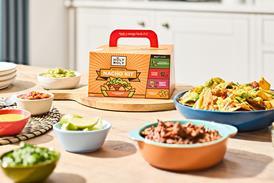




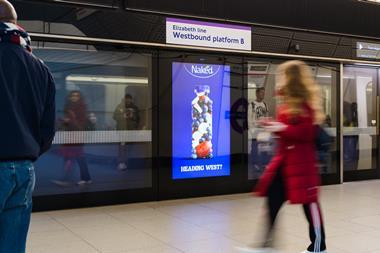

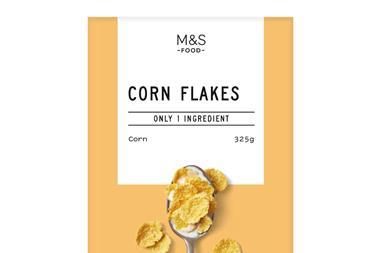
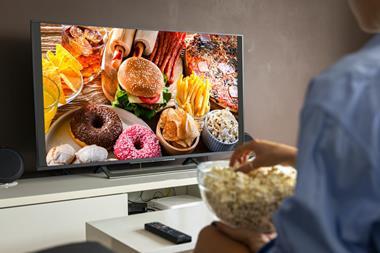

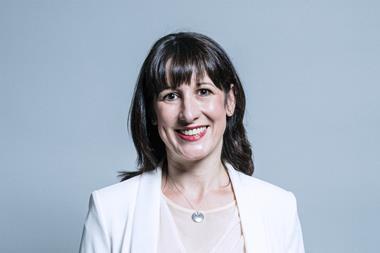
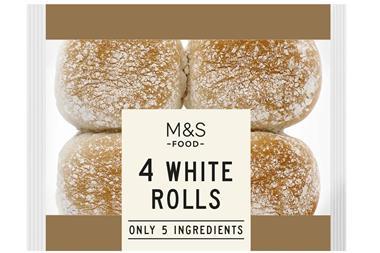


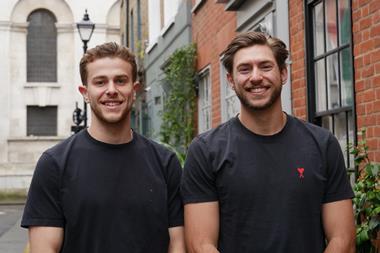
No comments yet